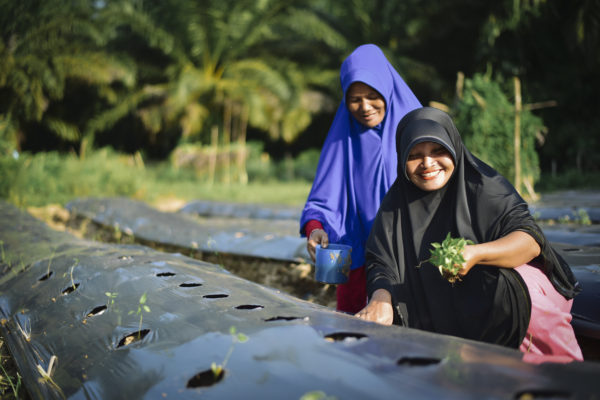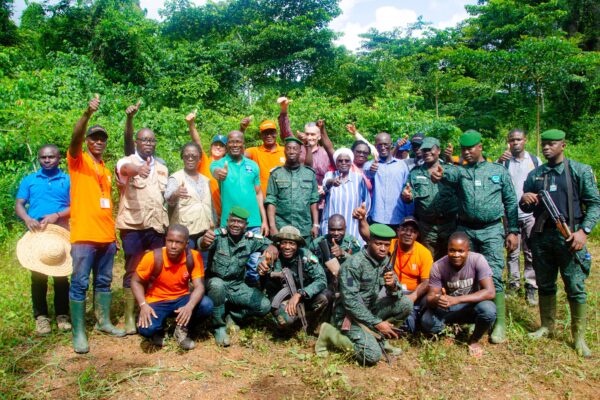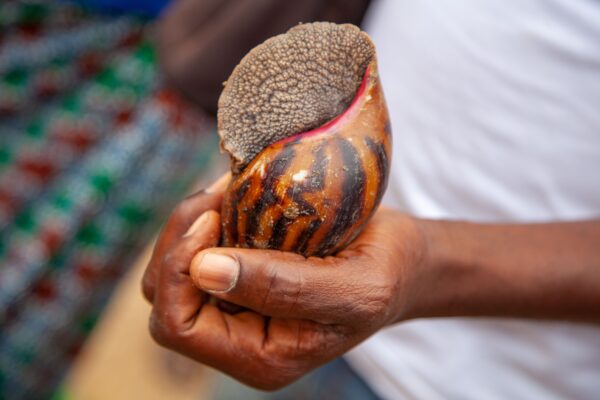This case study is part of Earthworm Foundation's awareness campaign on forests. Visit the campaign page and search #ForTheForests across social media platforms to learn more about the campaign.
Sabah and Borneo – an intertwined history
Shared between Brunei, Indonesia and Malaysia, Borneo is the third-largest island in the world. It holds six percent of global biodiversity in its rainforests – home to 15,000 plant and 1,400 animal species, including endangered ones like clouded leopards, orang-utans, pygmy elephants and sun bears.
It is also a cultural melting pot; home to close to 18 million people and 100 languages or dialects. While the island’s interior is sparsely populated and dominated by forests, mountains and rivers, the coast is dotted with settlements, agriculture and industries.
Borneo is also home to the highest peak in South East Asia – Mount Kinabalu in the Malaysian state of Sabah. A majority of Sabah’s habitants are indigenous Kadazan-Dusun, Bajau or Murut, who make up most of the 55 major languages in the state.
Among this cultural and natural diversity is the story of timber and palm oil; synonymous with the development of both the state and island.
In 1963, Sabah joined fellow former British colonies Malaya, Sarawak and Singapore to form Malaysia. From the 60s through the 90s, timber became the driving force behind development in Malaysian states on Borneo island – Sabah and Sarawak.
Timber was followed by palm oil and other agricultural industries that continue today. In 2020, 6.2 percent of the world’s palm oil came from Sabah. It is the country’s second largest palm-producing state, with over 1.35 million hectares of planted area.
As with other regions on Borneo, Sabah has seen its agriculture and forestry sectors become the primary drivers of both development and deforestation. According to Global Forest Watch, Sabah lost 11 percent of its primary forest between 2002 and 2020.
The question facing the government is how to balance development – especially given the current economic climate – and conservation. Agriculture, forestry and fishing were among the worst COVID-hit sectors in Malaysia, according to the Department of Statistics; with exports falling 8.9 percent in 2020.
A larger perspective is needed when talking about forests and ecosystems, said Frederick Kugan from the Sabah Forestry Department.
“Finding a common ground is vital so that nature, as well as the palm oil industry, benefit from each other,” he said.
The Sabah government now aims to be a “global leader in sustainable palm oil.” In this light, all producers in the state must be certified under the national MSPO scheme, and then RSPO by 2025. About 26 percent is currently RSPO-certified.
This is in line with the federal government’s sustainability pledges, though land remains a sensitive subject. Both Bornean states of Sabah and Sarawak have their own laws governing land, an agreement dating back to the formation of Malaysia in 1963.
Another challenge is the issue of farmers, an estimated 34,000 of whom manage about 15 percent of land planted with oil palm in Sabah. These farmers often face challenges with low yields and income, lack of legal land titles, and conflict with wildlife. They also struggle to meet sustainability requirements.
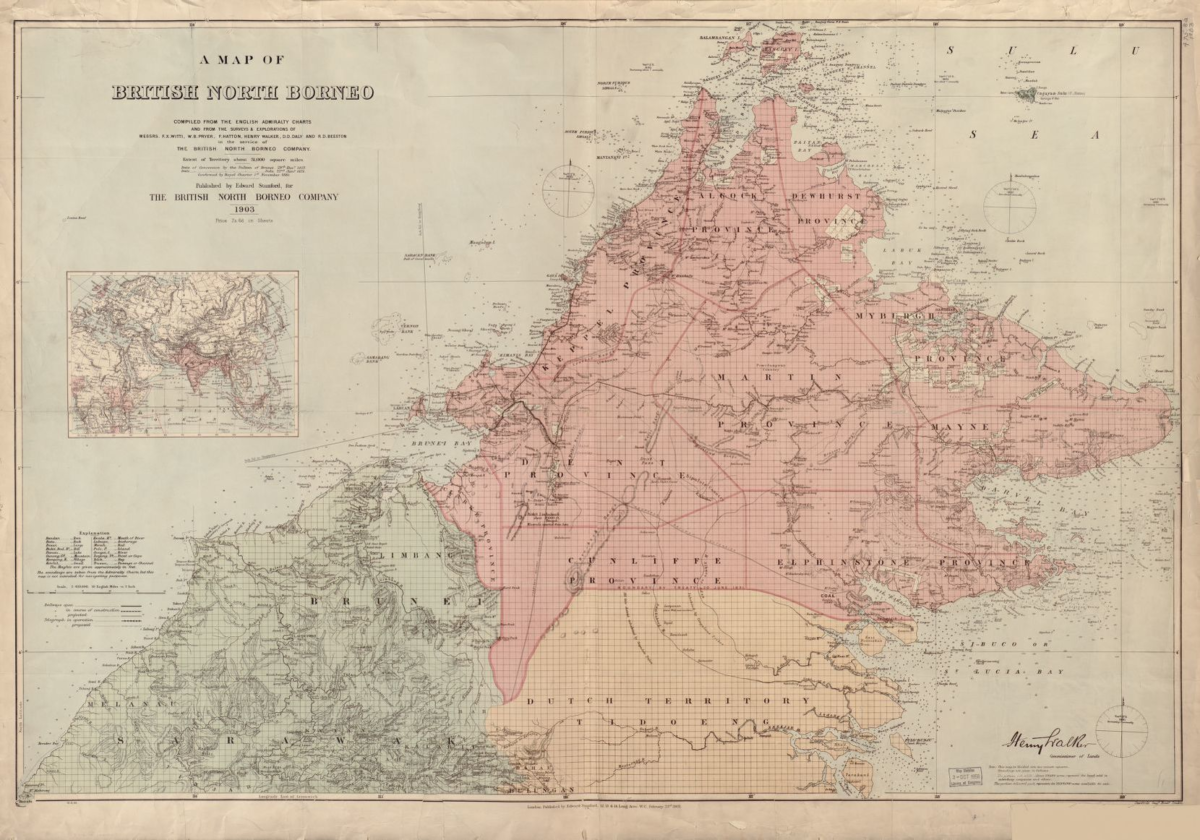
In 1963, Sabah joined former British colonies Malaya, Sarawak – also in Borneo – and Singapore to form Malaysia. From the 60s through the 90s, timber became the driving force behind development in both Sabah and Sarawak.
In 1963, Sabah joined former British colonies Malaya, Sarawak – also in Boreo – and Singapore to form Malaysia. From the 60s through the 90s, timber became the driving force behind development in both Sabah and Sarawak.
Timber was followed by palm oil and other agricultural industries that continue today. In 2020, 6.2 percent of the world’s palm oil came from Sabah. It is the country’s second largest palm-producing state, with over 1.35 million hectares of planted area.

A farmer-centric landscape
Earthworm Foundation (EF) has been connected to Sabah since starting work on Nestlé’s palm oil supply chain about a decade ago. EF partner companies – like Nestlé, Groupe Rocher, Givaudan, PZC and ADM – source from about 100 mills in Sabah, with thousands of farmers supplying them.
Since 2016, Earthworm has reached out to close to 1,000 farmers in these company’s supply chains. This work has involved giving farmers tools to tackle their main issues – yield, income and human-wildlife conflict. It also involved helping farmers meet national and international requirements like MSPO, RSPO and NDPE.
It started in 2016 with a Rural Dynamic Diagnostic – a participatory way of assessing farmers’ challenges, said Prasad Vasudevon, Earthworm landscape lead in Sabah.
“We first established field teams in Sabah to live and work among the farmers,” Prasad said. “The key here was to understand farmers’ challenges and what they want.”
We also worked with local actors – experts, government, mills and plantations – to strengthen their relationship with farmers, Prasad said.
“We were seeing issues across the supply chains of different brands,” he said. “A common issue like human-elephant conflict, for example, doesn’t just occur in one company’s supply chain. Rather, it cuts across different regions and communities.”
In 2021, Earthworm expanded its efforts to a 2.34 million-hectare landscape, of which about 59 percent remains forested. Palm is, by far, the most planted crop in the region, which also houses about 93 mills, who employ thousands of workers, and 10,000 farmers.
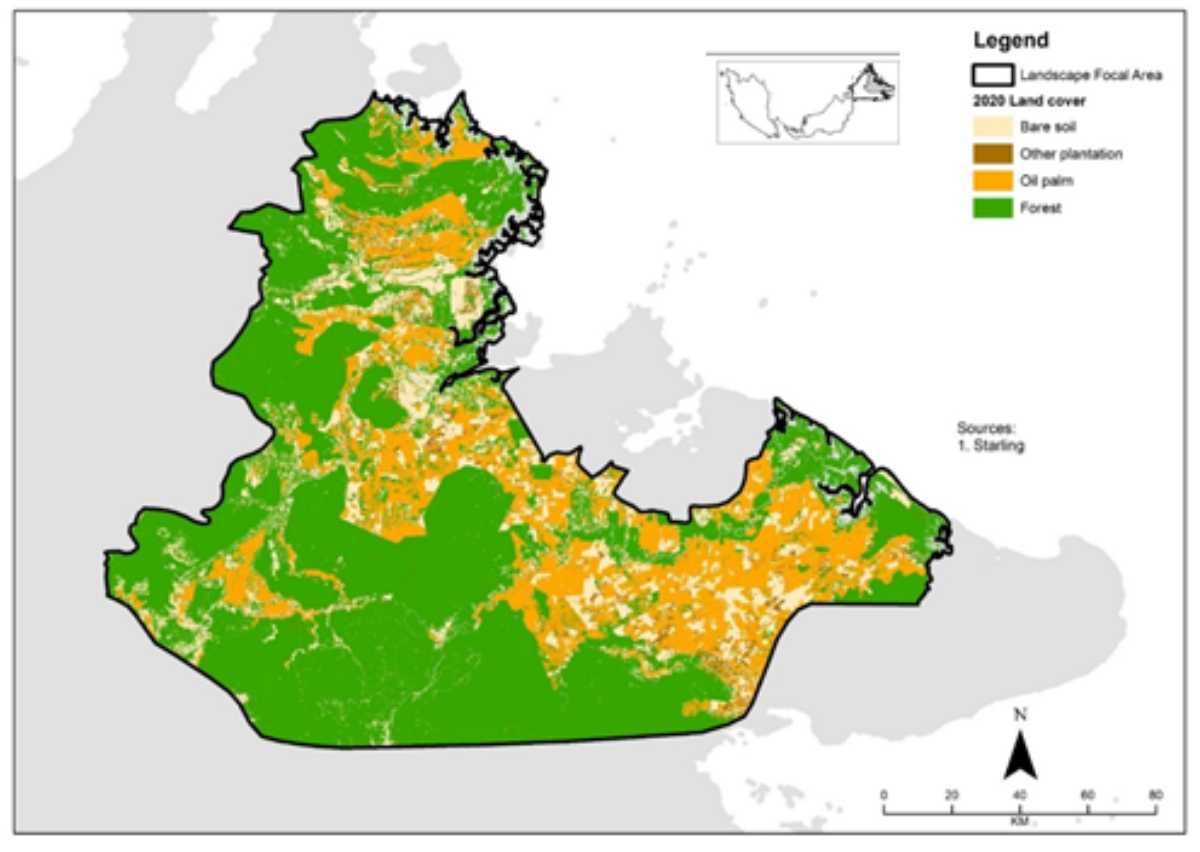
Managing conflicts at forest frontiers
Being at the fringes of forests, it is inevitable that farmers come into contact with wildlife. Among them is the Pygmy Elephant – the world's smallest elephant. With their grazing grounds now no longer forest, these elephants roam into farms; damaging crops and eating young oil palm shoots.
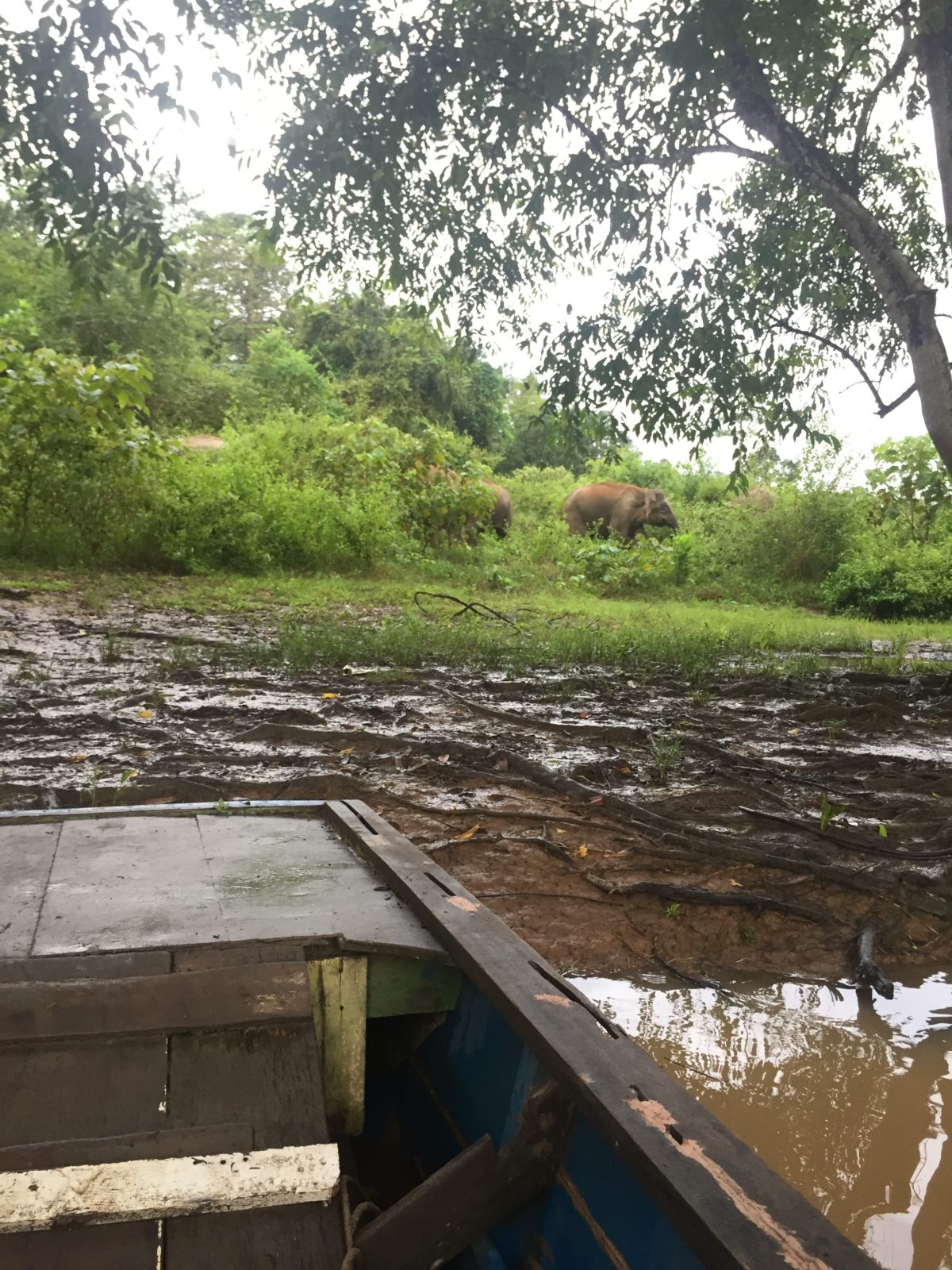
Locals call elephants 'Aki' or 'Nenek' (ancestor or grandparent), said Jennifer Wong, a farmer from Ulu Muanad, Sabah, one of the first communities the field team started working with.
“I get angry when they eat or damage our crops,” she said. “But we shouldn't kill wildlife. At the end of the day, we must learn to live in harmony with them.”
A key part of living in harmony with elephants is understanding their behaviour, said elephant expert Dr. Nurzhafarina Othman of Seratu Aatai.
In Lower Kinabatangan, for example, much of the habitat doesn’t suit elephants, she said. It can be swampy and in the wet season, the elephants have to go to higher ground – most of which are plantation areas.
“It’s also partly due to simple biology. Males tend to live alone and be more adventurous,” she said.
The field team have been working with experts like Dr. Farina, as well as the Sabah Wildlife Department, farmers and plantation companies to manage wildlife conflict collectively. Among the strategies are empowering farmers to track elephant movement and help authorities relocate them to forest reserves, if needed. Latest discussions revolve around identifying areas for buffer zones and fencing systems to deter elephants from plantations.
To connect farmers to conservation, the field team helped farmers form a voluntary warden group, according to Earthworm’s Prasad Vasudevon. After getting trained, farmers from the “7 Team UM” are now monitoring over 7,500 hectares of land with the Sabah Wildlife Department and NGOs like Seratu Atai.
“Crop losses reduced by about half between 2019 and 2020,” Prasad said.
None of this was done on our own, nor is the idea of community empowerment new, he added.
“We relied on expertise from local experts, NGOs and the wildlife department,” he said. “Our role was to connect farmers to the good work already being done in the landscape. The idea now is to scale up these efforts.”
Farmers and forests
This year, MPOB and Earthworm began a three-year partnership to strengthen the resilience of 2,000 smallholders in the landscape. This involves improving productivity, diversifying their income, biodiversity protection and sustainability practices.
According to Starling satellite data, forest conversion in this area has been concentrated in northern and eastern regions, often in small-scale clearings.
This is why preliminary meetings were held with local communities, mills and officers from MPOB (Malaysian Palm Oil Board) in these areas. This was a challenge, given movement restrictions due to the COVID-19 pandemic.
While all meetings have moved online, the idea is to build trust with local actors before getting back into the field, Prasad said. One travel is opens up, the field teams aim to understand drivers of deforestation and work with local actors to change practices.
But you can’t get the full picture without understanding who is involved, he added. This is where the issue of traceability – tracing palm oil back to its source – comes in.
“Satellites can always detect land-use changes,” he said. “But having the traceability to the plantation helps us understand who is involved, and once we know, we can go to the ground to understand why it’s happening.”
We are now exploring a partnership with MPOB and MPOCC to improve traceability to plantation, particularly among dealers and farmers.

This year, Earthworm and its partners began a three-year partnership to strengthen the resilience of 2,000 smallholders in the landscape. This involves improving productivity, diversifying their income, biodiversity protection and sustainability practices.
According to Starling satellite data, forest conversion in this area has been concentrated in northern and eastern regions, often in small-scale clearings.
This is why preliminary meetings were held with local communities, mills and officers from MPOB (Malaysian Palm Oil Board) in these areas. This was a challenge, given movement restrictions due to the COVID-19 pandemic.
While all meetings have moved online, the idea is to build trust with local actors before getting back into the field, Prasad said. One travel is opens up, the field teams aim to understand drivers of deforestation and work with local actors to change practices.
But you can’t get the full picture without understanding who is involved, he added. This is where the issue of traceability – tracing palm oil back to its source – comes in.
“Satellites can always detect land-use changes,” he said. “But having the traceability to the plantation helps us understand who is involved, and once we know, we can go to the ground to understand why it’s happening.”
We are now exploring a partnership with MPOB and MPOCC to improve traceability to plantation, particularly among dealers and farmers.
